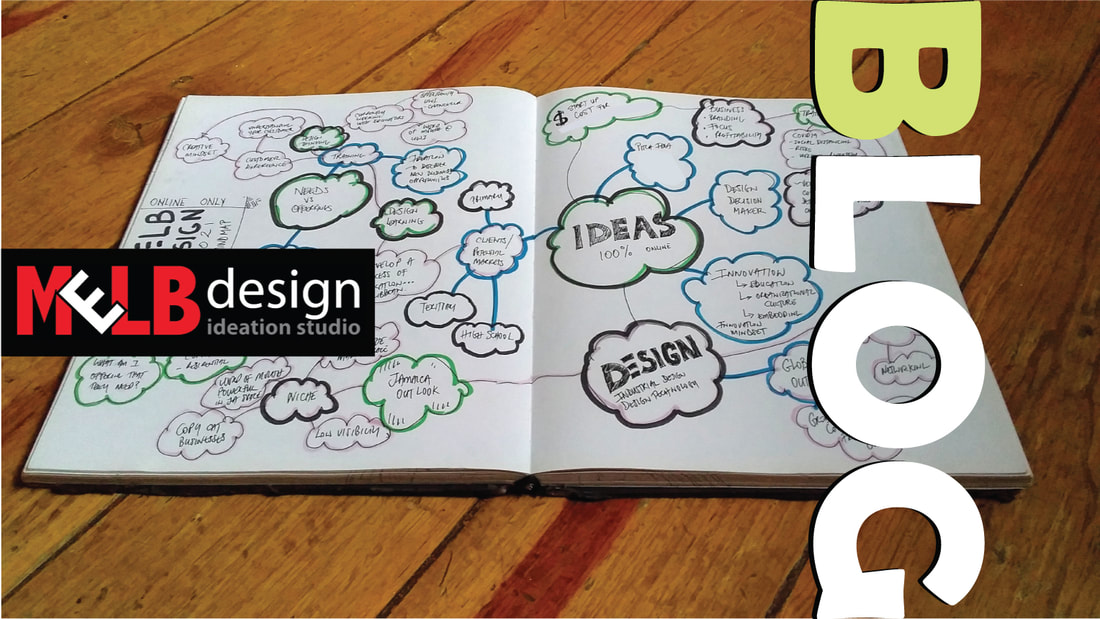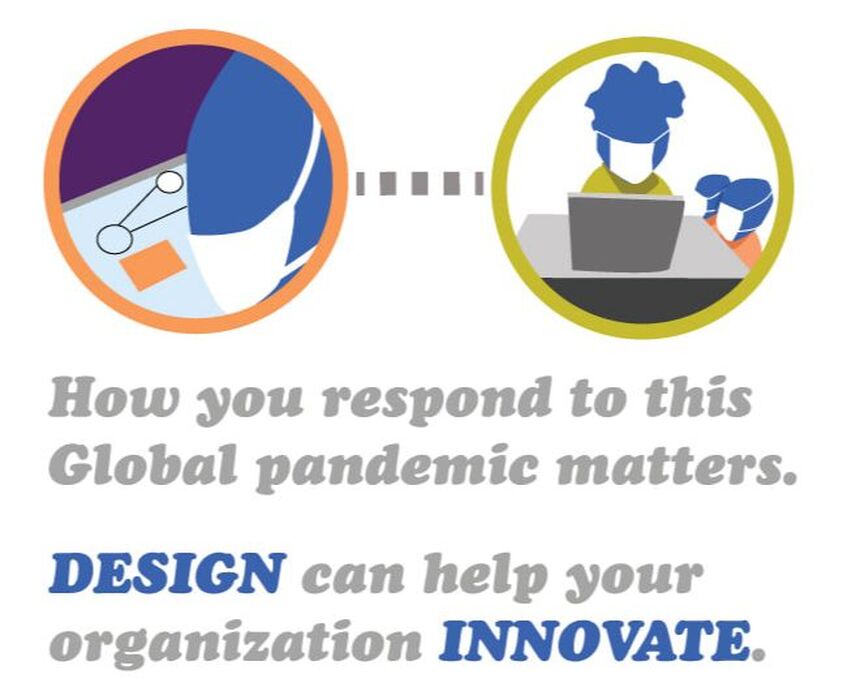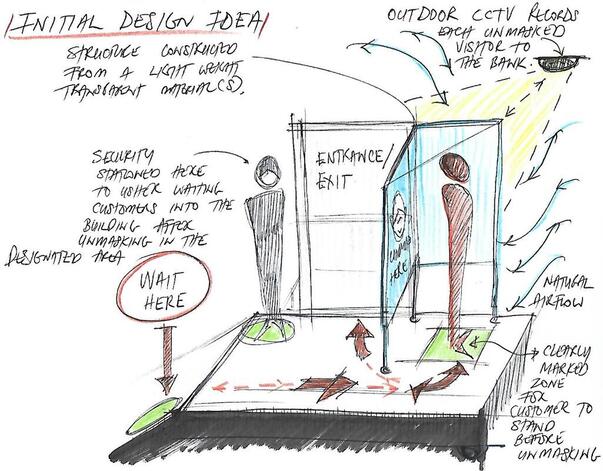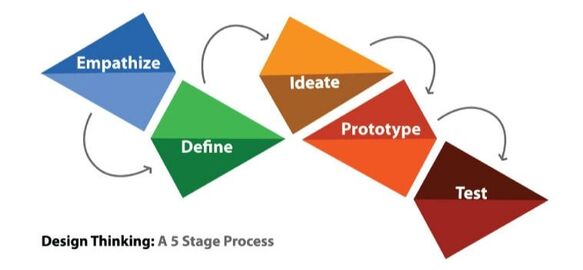|
With the COVID 19 numbers increasing daily in Jamaica, new lock down measures have been implemented by our current government to help slow down the spread of this deadly virus. Just this week, I made sure to wear two masks before heading on the road to conduct some banking at Jamaica Money Market Brokers (JMMB - Haughton Terrace branch) and National Commercial Bank (NCB - Matilda’s Corner branch) in Kingston. It's fair to say both establishments pride themselves in taking the necessary precautions to ensure their customers are kept safe by following strict COVID 19 protocols such as wearing a mask; maintain social distancing and sanitize before entering their facilities. They also have queuing systems in place to manage the number of customers entering their bank at any given time. To be honest I felt relatively safe until I was asked by their security guards to remove my masks inside the bank to allow their CCTV to record my face (anti-crime measure). Of course my alarm bells went off, chiming at full volume because this one measure, although necessary to protect the bank and its customers from unwanted criminals, in my humble opinion compromises all the other COVID 19 safety protocols. According to the World Health Organization (WHO), “aerosol transmission can occur in specific settings, particularly in indoor, crowded and inadequately ventilated spaces, where infected person(s) spend long periods of time with others…” (source). As most Jamaicans are aware, our face to face banking experience can at times be a very lengthy process, long enough for an infected customer unmasking to possibly transmit COVID 19 to anyone within these indoor spaces. Based on these two banking experiences I would like to share some key pain points identified at JMMB and NCB with their existing customer unmasking protocols: PAIN POINTS IDENTIFIED
Of course with greater scrutiny additional pain points can be identified but it's fair to say that most of these generic pain points are possibly common in other local banks and related businesses employing unmasking indoors) as an anti-crime measure. Here are some useful insights and initial idea(s) that could be explored by businesses to help minimise the spread of COVID 19: INSIGHTS & INITIAL DESIGN IDEA(S)
As I freely share my DESIGN focused insights and possible initial design solution(s) with cyberspace, I am hopeful it will spark greater dialogue amongst Jamaica’s financial institutions trying their hardest to balance keeping their customers and staff safe whilst combating the criminal elements with robust security systems during a challenging pandemic. Until next time, please keep safe, innovate, collaborate and inspire.
0 Comments
Since the Covid 19 Pandemic hit our Caribbean shores many schools have been forced to embrace online teaching and learning. It is fair to say the experience has been filled with many pain points along the way. Just to help break down this new jargon; a pain point is a problem or challenge experienced by customers/clients of a particular business. In Jamaica we are accustomed to them, but never comfortable with the unpleasantries they carry.
Parents and guardians with children at the primary and high school levels are particularly feeling the strains of keeping these young minds engaged at home. Rest assured I’m in the trenches with you as a parent myself. Whilst adapting to this new reality, I thought it would be useful to share some of my observations with you. Here are a few Generic Pain-Points Affecting Online Education
Based on these few insights observed over these past few months, it's clear greater research will need to be conducted to help define these problems affecting the end-user - student. In the field of Design Thinking a problem statement is used to help all stakeholders on their quest to find a solution. It provides focus on the specific needs that have been uncovered and generates real stability and optimism amongst the team tasked with the job of finding a workable solution(s) for these 'wicked problem(s).' Insights Worth Exploring to Improve Your Online Education Experience
Of course, there are so many other areas to be explored in today’s Blog...but we'll end the discussion here. Stay tuned for more insights from MELB Design Ideation Studio and feel free to share your thoughts. According to Oxford Definitions, a service is “a system supplying a public need such as transport, communications, or utilities such as electricity and water.” We all have our own personal takes on what constitutes a good service or customer experience. For me nothing makes life stress free during this COVID 19 pandemic than to access various services online or via telephone to avoid facing heavily populated communal spaces. Just last week I had the manly duty to sort out some documents at our local tax office. In my mind, the game plan was to get there reasonably early to beat the congestion typically experienced by all visitors to this tax office based in Kingston. Unfortunately for me, other customers had also conjured up this bright idea and you guessed it, I had to join an untamed queue whilst watching approximately 3 hours of my time slowly disappear into some unknown blackhole. Observations/Insights To add more fuel to my discomfort, the piercing Caribbean sun was in good form. As the elements heightened the experience, my training as a designer took over and I started to observe and critique the various pain points (problems) that made this customer experience deeply unpleasant. My observations/insights are as follows:
Basic Strategies Used to Survive the Ordeal It’s amazing how quickly our brain processes information to make decisions to protect ourselves from clear and present danger. In that moment, I felt very unsafe and decided to employ a few very basic strategies to navigate some of these pain points. They are as follows:
Design Thinking
By applying Design Thinking, many of these pain points can be easily remedied by the Jamaica Tax Office. It’s fair to say they could also learn a thing or two from existing case studies (organizations local and international) currently using a range of strategies to combat some of these pain points made worse by this ongoing pandemic. By Empathizing (the first stage of Design Thinking) with the end-users (customers), real data could be collected via user observation and other existing research tools. This crucial intel or meaningful insights gathered from the data collected would help define these problem(s) affecting their new and existing customers. Of course there are serious questions that need to be asked here. Does the customer’s needs really matter? What are the benefits of creating a human-centred customer experience that engages the end-user in a friendly, safe and efficient manner? By applying the 5 stages of Design Thinking (Empathize, Define, Ideate, Prototype and Test) real cost effective and practical solutions can be unearthed to create a cohesive and user friendly customer experience. |
AUTHORI'm a first time blogger with a few design focused observations to share in cyber space. I hope to trigger dialogue on subjects I'm passionate about. ARCHIVES
June 2024
CATEGORIES |








 RSS Feed
RSS Feed
